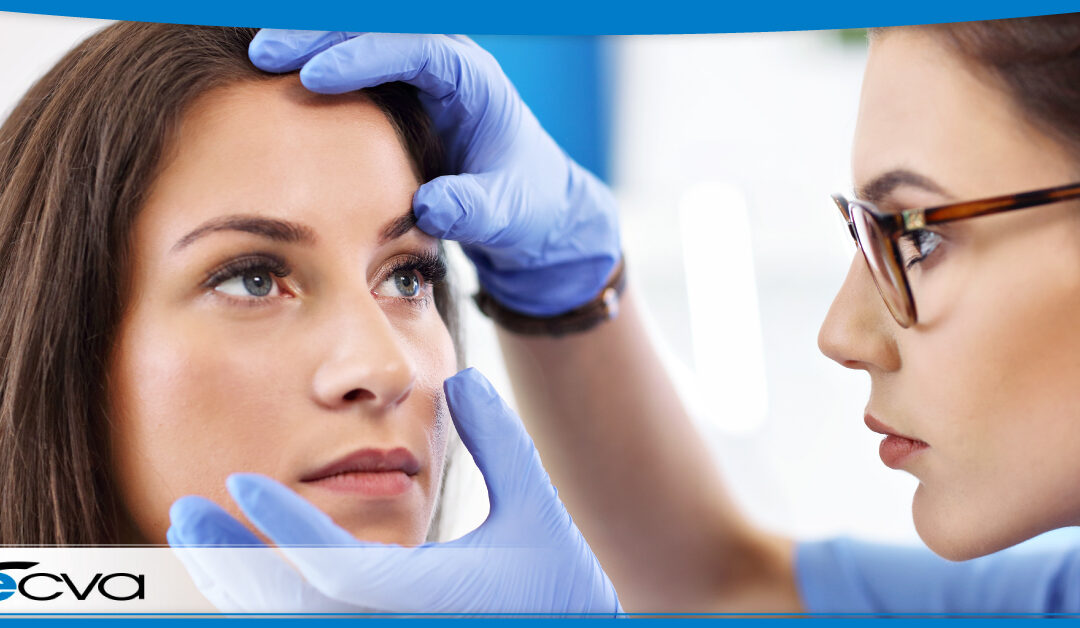
by ecvaeyeadminz | Dec 20, 2022 | Eye Health
hyroid eye disease (TED) is an autoimmune condition that impacts eye tissues. Typically, TED leads to inflammation, swelling, and damage to the muscles, connective tissues, and fatty tissues in the eye area. Since TED can cause permanent, lasting damage,...

by ecvaeyeadminz | Dec 7, 2022 | Eye Health
For many patients, issues like bumps on your eye are immediately concerning. One common condition is a stye, which usually presents on the eyelid, is typically a bit red, and may or may not come with soreness. Blocked tear ducts are different. Your tear ducts –...




